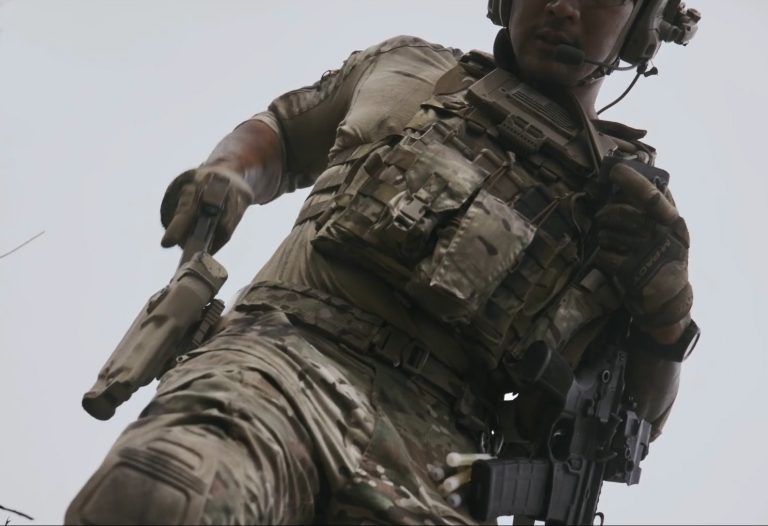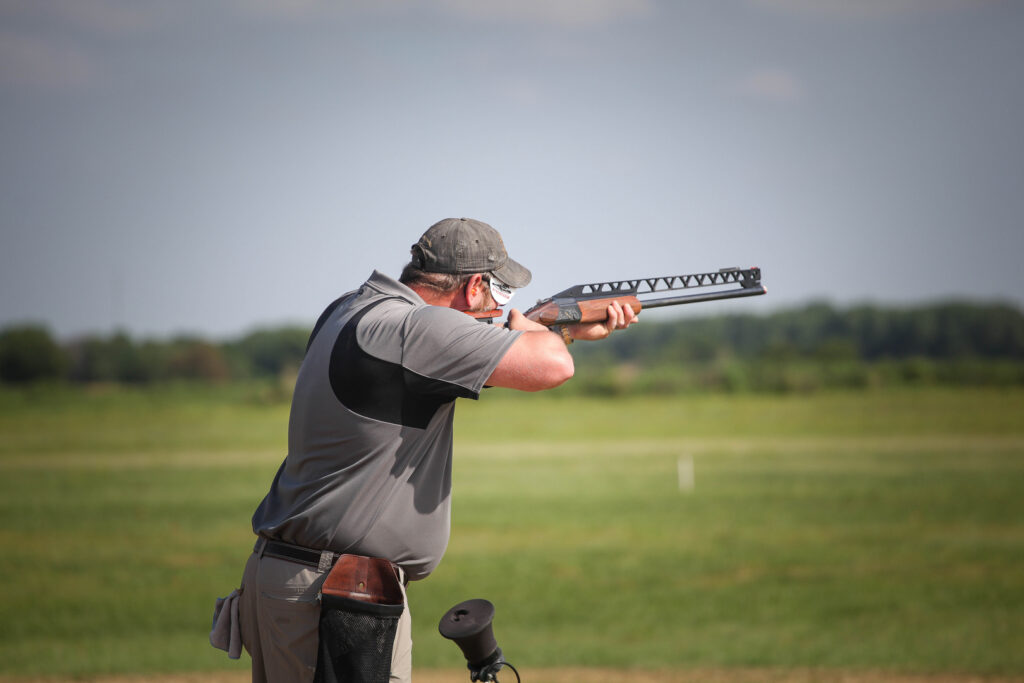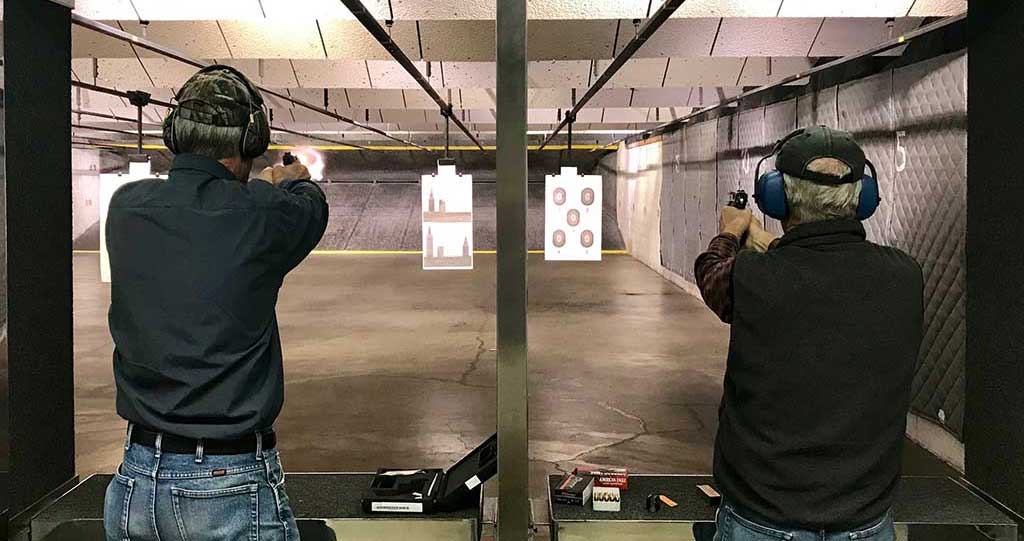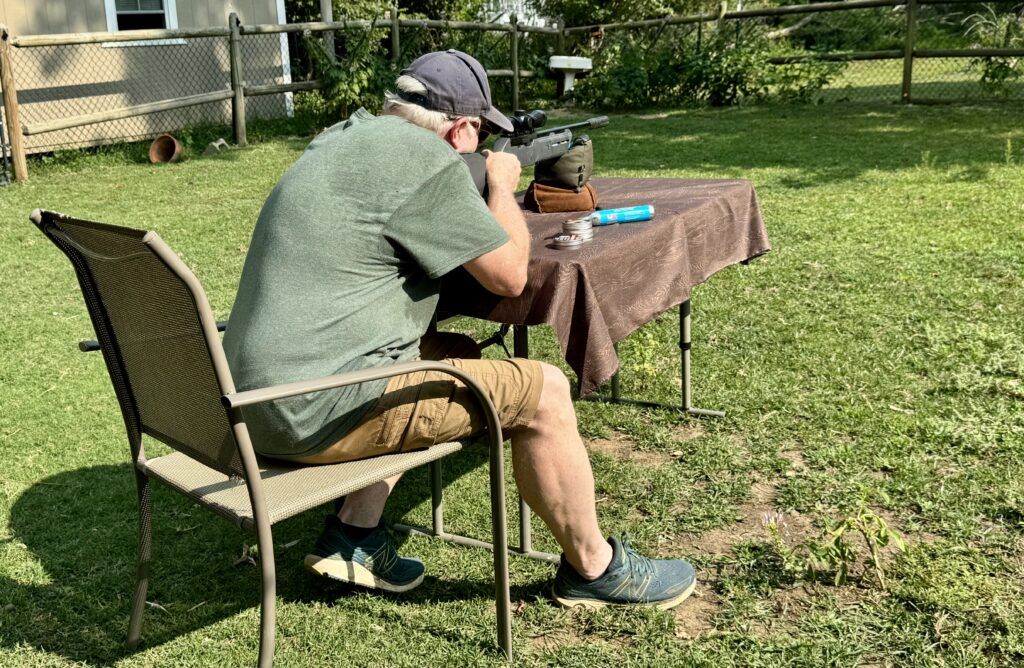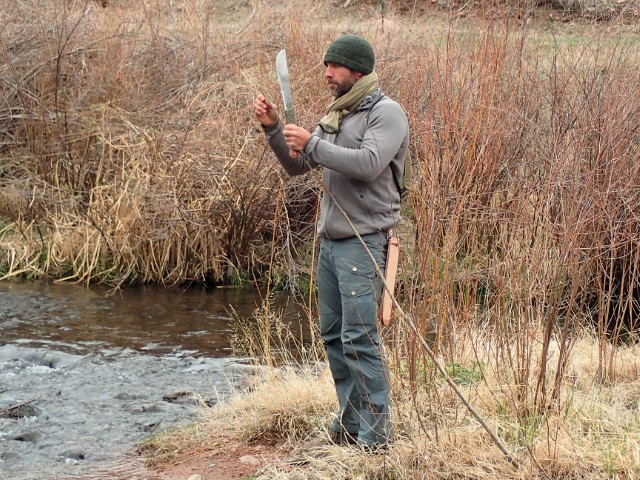The phrase sub-second draw might be one of the best ways to kick off a modern gun debate. Why debate Glock vs. 1911, 9mm vs. 45 ACP, or AK vs. AR when we can talk about something new, fresh, and performance-related? The idea behind a sub-second draw is simple. Can you get your gun out of its holster and fire an accurate shot on target in less than a second? It’s one of those skills that often makes the rounds over social media because it admittedly looks cool, and shot timers don’t lie.
Is a sub-second draw an absolute must-have for the average concealed carrier? I’ll freely admit I don’t have a definitive answer because I don’t have the experience or training to say one way or another confidently. That doesn’t mean I don’t have thoughts on the matter. I’ve only recently reached a sub-second draw where I can land an accurate shot on a B8. Admittedly, this is after plenty of warm-up and on a perfectly square range, which leads us to the first point of the conversation.
The World Isn’t a Square Range
How often, in the real world, are your hands in the optimum position for a draw? Better yet, how often are you expecting to draw? At the range, I hit the shot timer button myself and waited for the random timer to go off. In the real world, I sit down, ride in my car, hold things in my hands, and more. I’m not always in the position to pull off my sub-second draw. I admittedly still need that optimum position to get that sub-second draw. Everyone does. The sub-second draw is done in a sterile environment. The square range.
Advertisement — Continue Reading Below
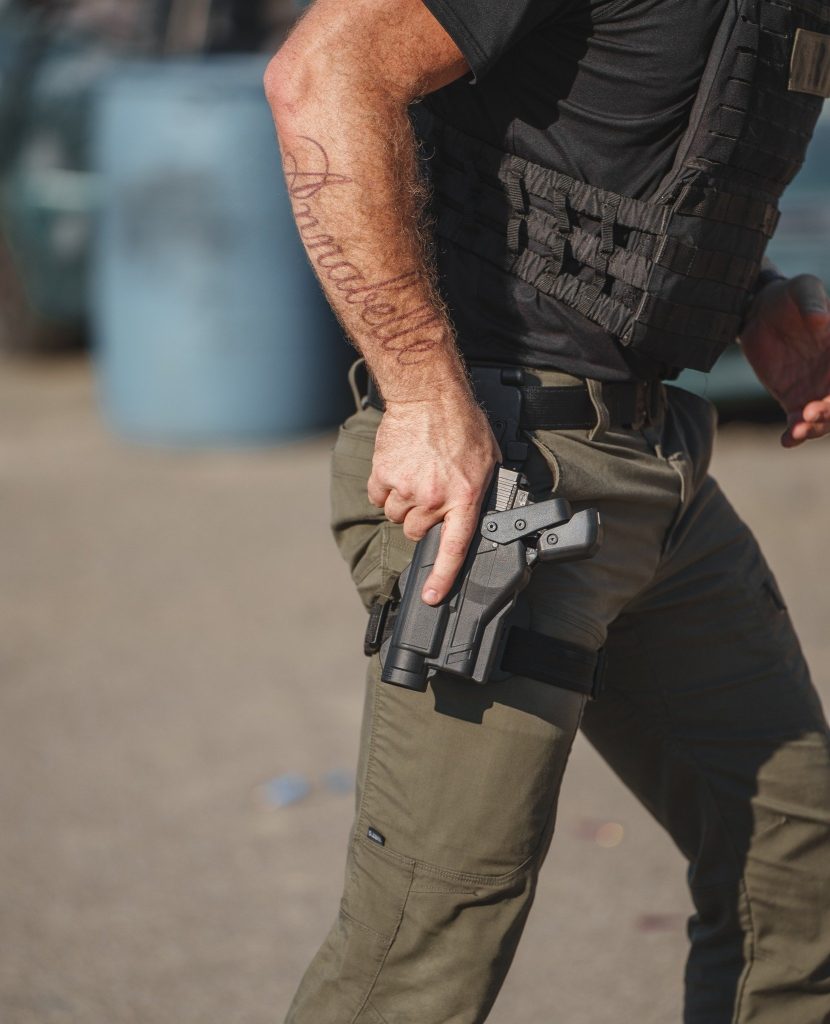
The Sub-Second Draw and Noise
When I practice my drawing, I always react to noise. I hear the shot timer. If I draw my gun in the real world, it will not be so black and white. Or beep instead of no beep. I’m more than likely reacting to a visual stimulus rather than a noise. That might delay my draw and certainly isn’t as clear as beeeeep where I know exactly what the beep means. When I react to the visual stimulus, I might still be able to achieve a sub-second draw, but will it matter by the time my OODA loop is complete? Maybe, but I might be crouching, getting behind cover, or moving, and ultimately be out of that optimum position.
The ASP Response
John Corriea and Active Self Protection make a great argument on why the sub-second draw can be handy. He shows numerous examples taken from videos of robberies, violent situations, and self-defense encounters where the threat offers up a very short window for a concealed carrier to draw and defend themselves.
Advertisement — Continue Reading Below
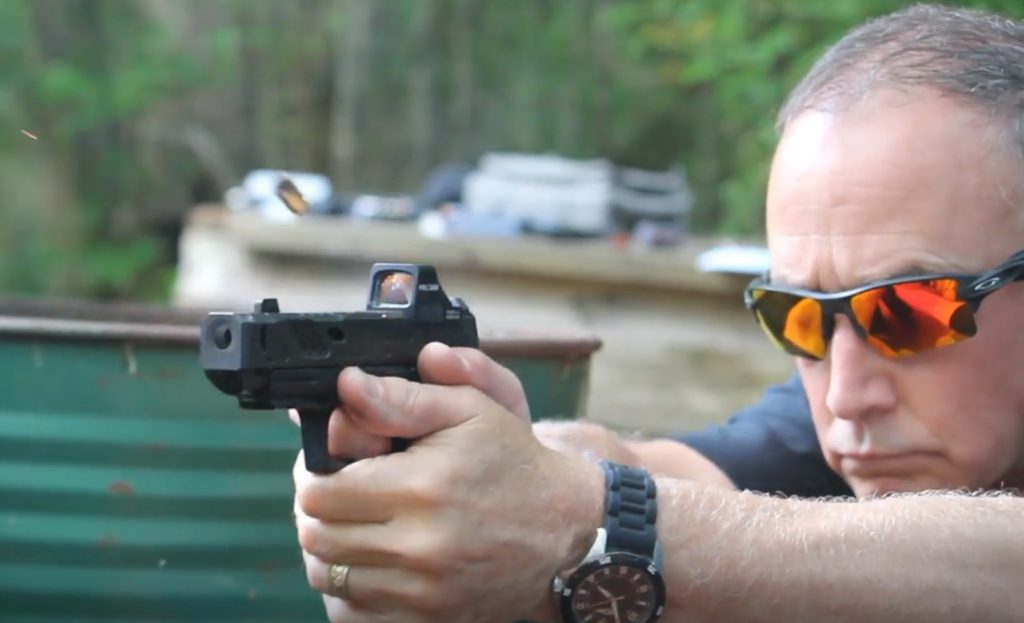
ASP and John Corriea use real-life examples where a sub-second draw can be beneficial, and it involves a threat that’s already presented itself and is distracted. He provided plenty of examples of the situation where a sub-second draw could put a threat on the ground.
The Benefits of the Sub-Second Draw
Admittedly, if you practice to get a sub-second draw onto an accurate target, you’ll be practicing a lot. Like a ton. If you reach the ability to get a sub-second draw, then you’re pretty competent at drawing, presenting, aiming, and firing on the fly. Those are all valuable skills to have. Even if you aren’t in an optimum position, you will be faster on the draw if you have all the practice required to make a sub-second draw. The sub-second isn’t the goal per se, it is a product of being efficient on the draw.
Advertisement — Continue Reading Below
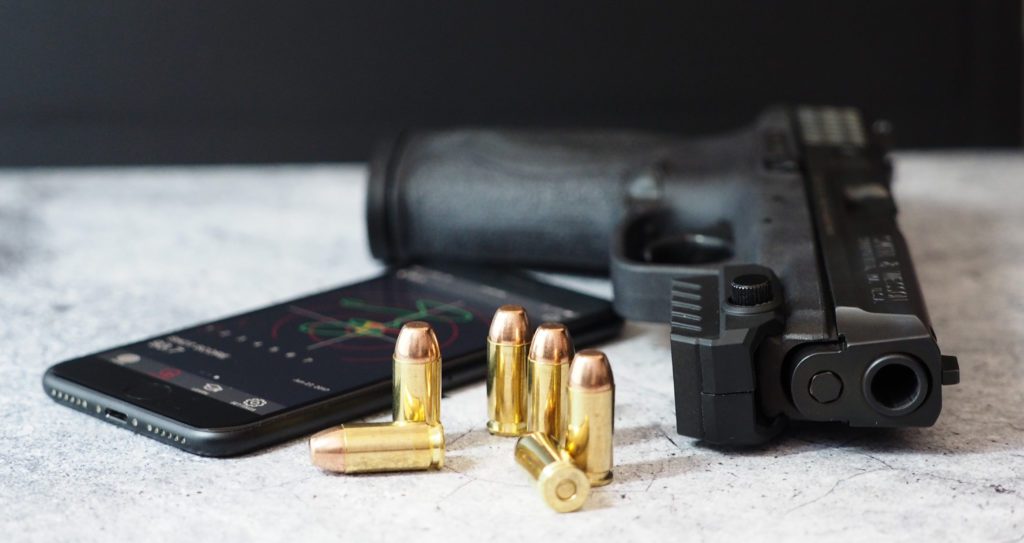
Practicing a fast draw can be a part of your dry fire routine. It doesn’t need anything beyond a shot timer. In fact, you could choose a free app with a par time setting and get plenty of good practice. I use the Mantis Laser Academy daily, and it’s helped improve my drawing tremendously. Since it can be done dry and it’s fun, it will keep you training.
I think the only problem you’ll have is if you only practice drawing and shooting. If you’re not practicing movement, precision at range, weird positions, long strings on controlled fire, and the seemingly endless other skills that gunfighters use. If you get stuck in that positive feedback loop of a fast draw, you might neglect other valuable aspects of training.
Advertisement — Continue Reading Below
Being Versatile
I think being able to draw in less than a second can be very valuable. Where I think the downside comes in is when you only practice that one skill from an optimum position on a square range. According to social media, it might seem to be the only skill you need, but I think the real world begs to differ. Be versatile, and aim to excel at every complimentary skill as much as you aim to excel at your draw. (Real talk, it looks slick on the ‘gram doe.)
